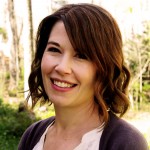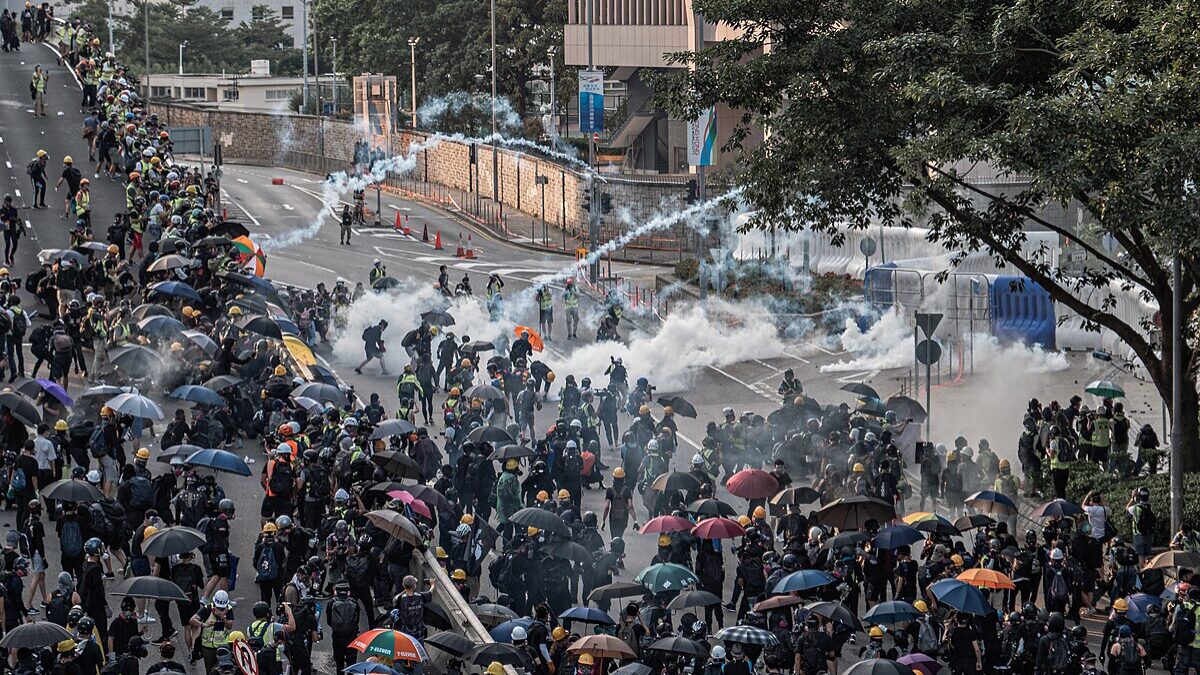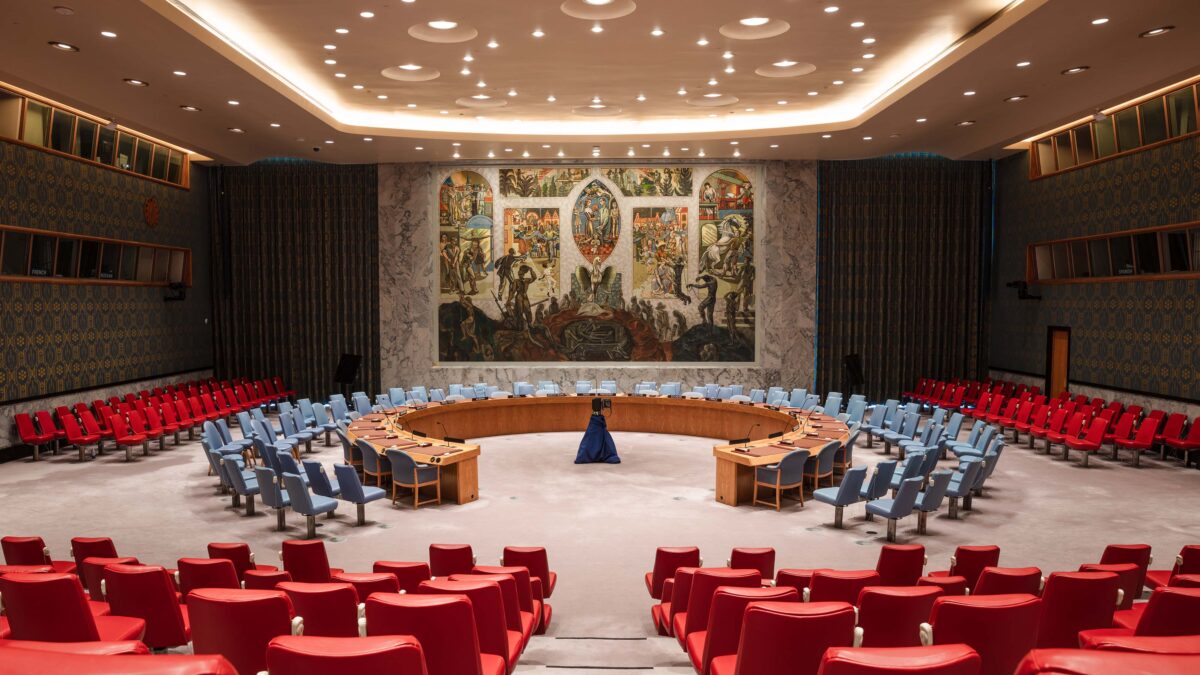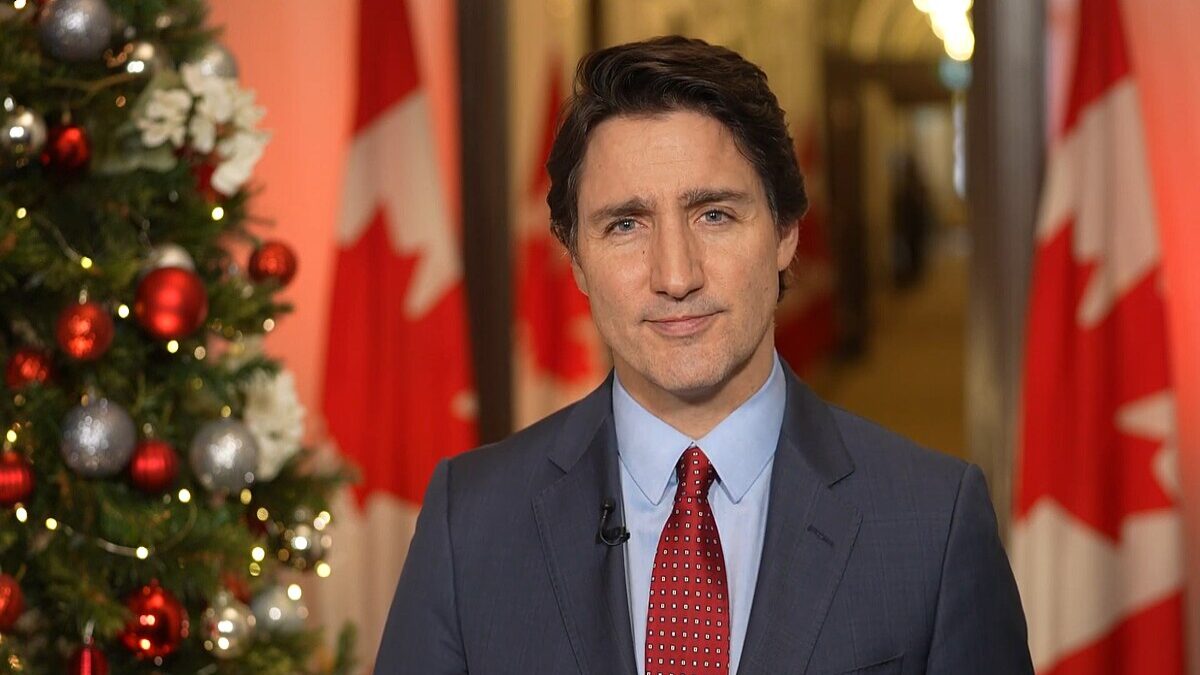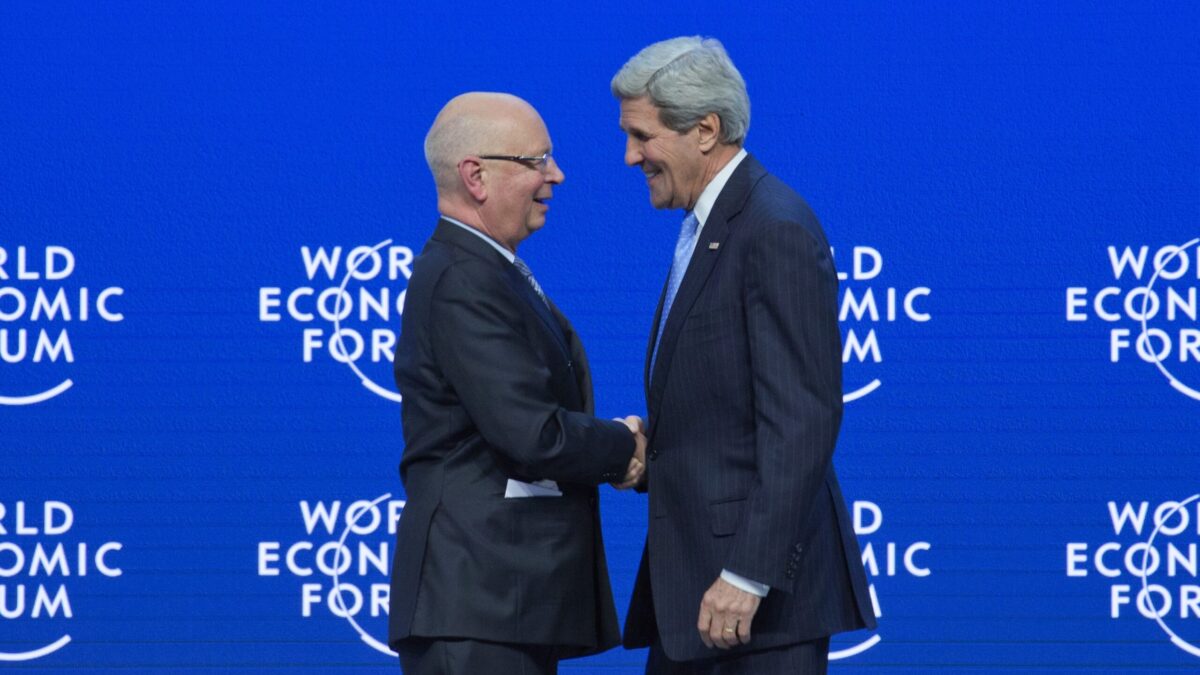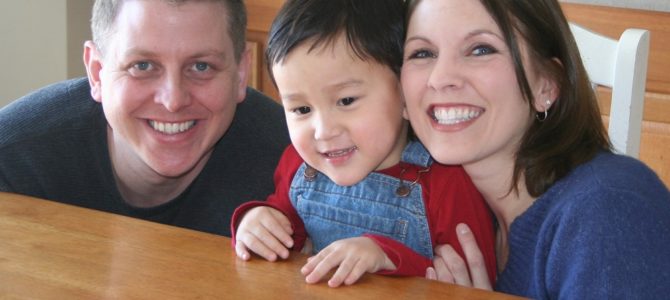
In September 2016, just as the presidential race was entering its final weeks, the State Department quietly proposed new regulations governing international adoption. Adoption advocates sounded the alarm, saying the regulations would severely hamper Americans’ ability to adopt overseas. I wrote about this for The Federalist just days before the November election.
Then, to almost everyone’s surprise, Donald Trump was elected president. On the day of his inauguration, Trump began a regulatory reform effort, announcing a moratorium on all new regulations from executive agencies. Ten days later, he issued an executive order requiring agencies to repeal two regulations for every new one they proposed.
Under this new scrutiny, the State Department soon withdrew its proposed adoption rule. Adoption advocates breathed a sigh of relief.
“If Trump hadn’t been elected, those regulations would have been implemented,” says Ron Stoddart, president of Save Adoptions. “It was his ban on new regulations that stopped them.”
The Deep State Strikes Back
The relief was short-lived. Less than a year later, it appears the State Department has found a way to end-run around the president’s deregulation agenda. Without altering a single word of the regulations, advocates say, the State Department is now implementing policies that will make international adoption rarer and more expensive than ever.
It started in October, when adoption agencies received a stunning letter from the Council on Accreditation (COA). A 40-year-old organization, COA provides accreditation for more than 2,000 agencies in a wide variety of social service fields, including adoption. It has been accrediting adoption agencies for 25 years, both before and after the United States ratified the international Hague Adoption Convention.
Under the Hague Convention, U.S. law makes the State Department the central authority over international adoption, but it requires another public or nonprofit entity to act as the “accrediting entity” (AE), holding adoption agencies to certain fiscal and ethical standards. Since 2013, COA has been the only AE for international adoption.
In the letter, COA president Richard Klarberg notified agencies it would soon step down as an AE. “The Department of State … is requiring COA to make significant changes in the nature and scope of our work in ways which will fundamentally change our responsibilities … and which are inconsistent with COA’s philosophy and mission,” Klarberg wrote.
In an interview, Klarberg tells me the State Department was requiring new procedures that bore a striking resemblance to the regulations it had withdrawn: “They are doing by indirection that which they could not do directly. It is a back-door effort.” Klarberg predicts that as a result of DOS-enforced changes, “the number of children who will be eligible for immigration via adoption will definitely shrink. The number of agencies involved with intercountry adoption will also shrink.”
Adoption agencies and advocates agree. As more details have emerged from Washington, their alarm has grown exponentially.
“In 2016 we naively believed that was the major crisis,” says Lucy Armistead of All Blessings International. “But this situation has the potential to put all of us out of business. And of course, it’s the children who will suffer.”
Money, Money, Money, Money
The biggest shock came Feb. 1, when the State Department released the fee schedule for its brand-new AE. Under the new organization, International Adoption Accreditation and Maintenance Entity (IAAME), adoption agencies’ fees will skyrocket. Armistead estimates that her agency’s fees, which cost $15,500 for four years under COA, will be a staggering $140,000 under IAAME—an increase of more than 800 percent.
It’s conservatively estimated that IAAME’s annual operating budget will be $2.2 million annually, dwarfing COA’s adoption oversight budget of less than $200,000. While COA relied partly on volunteers from the professional adoption field in its accreditation process, IAAME intends to hire full-time staff. Klarberg says his volunteers were highly qualified and experienced in the field, with a deep understanding of adoption practices and abuse. “That level of in-depth knowledge is not something easily taught to or readily learned by evaluators who have no direct experience,” he says.
To fund these new full-time evaluators, a $500 “monitoring and oversight” fee must now be paid to IAAME for every adoption. DOS emphasizes that agencies can simply pass this cost on to adopting families. However, it must be paid to IAAME early in the adoption process. The fee is non-refundable, so any family deciding not to move forward would lose the money, although it is ostensibly for “monitoring and oversight” that never occurred.
“As agencies, we’re not allowed to charge all our fees up front,” Armistead points out. “We’re only allowed to charge families for services rendered. But the accrediting entity is taking the whole fee up front.”
Advocates are also dismayed that IAAME has made no allowances for sibling groups. It is common practice to help keep siblings together by streamlining costs, but this fee is $500 per child, no exceptions. Robin Sizemore is the executive director of Hopscotch Adoptions, an agency specializing in placing children with special needs and other challenges.
“We’ve done adoptions of sibling groups where there were four or five children,” Sizemore tells me. “It’s going to be another huge financial burden on the families. And then the insult of all this is that we have no contract with this entity that we are being made to force a family to pay.”
It’s true: In its Feb. 1 announcement, the State Department told agencies they had to begin accruing fees for IAAME by Feb. 15—giving just two weeks’ notice of this substantial fee increase. Yet IAAME is still a start-up entity (more on that in a moment). It has issued no contracts, policies, or procedures for agencies to evaluate, although contracts are required by federal regulation.
“I just don’t know if I can enter into this kind of agreement with an accrediting entity I don’t have a contract with,” says Armistead. “I’m going to give them the confidential information of my clients? I feel like I’m opening myself up for liability.”
‘A Heavy Burden for Adoption Agencies’
The extra $500 will hardly be the only cost hike for families. The State Department intends to substantially increase government monitoring, and Armistead anticipates needing an additional staffer just to keep up. Accounting for that additional salary means her total cost increase isn’t just 800 percent, but 1,500 percent. Having to pay for forensic accounting procedures may send the total still higher.
I reviewed the cost estimates of more than 20 agencies, and Armistead’s estimate is typical. Klarberg fears agencies may have to divert funds from parent training programs to cover the new oversight costs. Others worry that some families will simply be priced out of adoption. “How can I have our families absorb that kind of a fee increase, when the majority of our children are special-needs adoptions?” asks Sizemore. “These families will already have high medical and therapy costs once the child comes home.”
The State Department disputes whether agencies are estimating accurately. While the department would not provide an interview, the director of the Office of Children’s Issues, Ted Coley, did respond to written questions. Coley tells me: “It is premature for any provider to determine if future changes to monitoring and oversight will require additional staffing. It is not the intention of the Department or IAAME to make the accreditation and approval or monitoring and oversight requirements so burdensome as to put adoption service providers out of business.”
Klarberg disagrees. “Early on in discussions, it became clear that small agencies would not be able to handle the increased volume of reporting without additional resources,” he tells me. “It is widely believed that the State Department’s goal is to reduce the number of small adoption service providers. I think they feel that by doing so, they can better control the large agencies.”
A source with inside knowledge of the State Department, who spoke to me on condition of anonymity, confirms Klarberg’s statement. “It’s going to be a heavy, heavy burden for agencies,” this source said. “Policymakers often overlook the fact that it’s not just a fee, but the cost and expense in figuring out how to comply with this vague language. If an agency can get away with hiring just one additional full-time staffer to keep up with reporting, they’ll be doing well.”
This source also agrees the department is not anxious to avoid agency closures. “Behind closed doors, I’ve heard statements like: ‘There need to be fewer adoption service providers, because we can’t monitor them all.’”
Adoption advocates point out that when agencies close, it severely affects families—both those still in the process, and those whose adoptions are complete. Most agencies continue to provide families with post-adoption services for years.
“If agencies close, and we believe many will, all the families with these agencies will be out in the cold,” says Chuck Johnson of the National Council For Adoption. “A growing number of states may not even have an accredited provider. Families are going to have to increasingly rely on unaccredited providers, resulting in a lower standard of care.”
“So many of these small agencies are faith-based in the real sense of the word,” Klarberg emphasizes. “Yes, they have to pay their bills, but they’re not in this for that. They’re in this to be responsive to an urgent need, and that is to save children.”
First on the Chopping Block: Special-Needs Adoptions
Already, the State Department has unilaterally changed one particular policy, with devastating consequences for special-needs adoptions. On Feb. 13, in an obscure footnote on a “FAQ” page, the State Department dropped this sentence: “The Department notes that a ‘soft referral’ is not acceptable practice under the regulations and may lead to adverse action.”
In plain English, that means adoption agencies might no longer be allowed to seek parents for children with special needs by publishing their photos. This lets parents pursue the adoption of a particular child while they complete their home study, and it’s often the motivation families need to undertake the expensive and invasive process. Rather than just an abstract “special needs adoption,” they have a goal with a human face. China in particular uses this practice to recruit adoptive families for its many abandoned children with disabilities.
“There were 2,000 kids from China who came home last year through their waiting child list. No more,” says Robin Sizemore. It has been a remarkably effective way to find families for children who would otherwise grow up in orphanages.
“Jay” and his wife “Susan” adopted a little boy from China’s waiting child list in 2016. Originally told their son would be blind, they later learned much of his vision could be restored through surgery and therapy. Today, their rambunctious toddler is thriving: exploring the world through a pair of tiny glasses, attending a special-needs preschool, and absorbing all the snuggles “Baba and Mama” can give.
But Jay tells me this adoption almost didn’t happen. When he and Susan originally filled out the paperwork for a special-needs adoption, they specified which issues they felt equipped to handle. “One of the things we had said was ‘no vision problems,’” Jay says. Still, the agency sent them an email one day, asking if they might consider this little boy anyway. They agreed to look at the child’s profile, which included a photo.
“As soon as I opened the photo, I knew immediately,” Jay says. “This was our son. [Susan] did the same thing. She knew right away.”
The couple got started with their home study, motivated in a whole new way. “Immediately we kicked it into high gear. Every single day, you wake up knowing that your son is out there and he needs you.”
Today, they’re in the process of adopting a second special-needs child from China, also based on a photo listing. Jay says he is “furious” about the DOS policy change. “What this policy is really going to do is hurt special-needs children.”
Adoption advocates point out that the Hague Convention allows a child’s native country to set standards such as when to share photos, and whether to temporarily hold a child for a certain family while they complete their home study. Further, the Hague’s guidance on best practices recognizes the need to actively recruit parents for hard-to-place children.
This practice is widely used for domestic adoptions from U.S. foster care: children’s photos and profiles can be viewed online. In fact, 15 Bulgarian nongovernmental organizations recently sent a letter asking DOS to reconsider this policy change, mentioning that the Bulgarian government implemented the practice after seeing its success in U.S. domestic adoptions.
When asked if they had fully considered the benefits of “soft referrals” for children with special needs, DOS did not directly reply. Instead, Coley simply reiterated State Department policy on the practice, affirming its commitment that “adoption services be provided ethically and in accordance with principles ensuring that intercountry adoption takes place in the best interests of children.” One wonders whether the department has fully considered the damaging effects of children growing up in orphanages, and where that fits into a calculation of their best interest.
Rules for Thee but Not for Me
Even as adoption agencies face an unprecedented level of government scrutiny, they say the State Department is playing fast and loose with its own observation of the law. Their complaints center on IAAME and its hand-in-glove relationship with the State Department.
IAAME was incorporated on July 28, 2017, the same day it entered a contract with the State Department. While its website says, “IAAME is a 501(c)(3) organization,” its federal nonprofit status is unclear. A call to the IRS on Feb. 28 yielded this response: “We have no record of this entity as a tax-exempt organization by virtue of an approved application.” While an application may be in process, the IRS says the timeframe is 90-180 days—adequate time since July to have received approval.
Why is this important? Federal regulations specify that an AE must either be a public entity or “an organization described in section 501(c)(3) of the Internal Revenue Code … that has expertise in developing and administering standards for entities providing child welfare services.” Regulations also state that an AE must have the governing structure and financial resources in place to fulfill its responsibilities.
Adoption advocates point out that there is no way IAAME could have proved its capability in any of these areas prior to signing a State Department contract, since before that day it did not exist. They also say IAAME representatives have admitted in phone meetings that the reason agencies must begin paying fees so suddenly, before services have even been rendered, is that it cannot begin operations until the money starts flowing.
By contrast, “When COA applied to be an accrediting entity, we had to demonstrate that we knew what we were doing, that we had the staff, had the experience, had the resources,” Klarberg says. “We had to dig into our own reserves to get started — and we did.”
The State Department told me IAAME’s start-up status is not a problem because, “It is operated by staff with extensive experience in providing child welfare services.” IAAME’s CEO is Stephen Pennypacker, who is also the CEO of Partnership for Strong Families (PSF), a Florida-based agency that performs domestic adoptions. IAAME shares offices, staff, and four board members with PSF.
This may be another legal violation. Federal regulations state that an AE must demonstrate “that it operates independently of any agency or person that provides adoption services.” Ron Stoddart, a long-time lawyer and adoption agency head, points out that while DOS often interprets the regulations very strictly toward agencies, it is lenient toward itself.
“The Office of Children’s Issues is essentially conducting monitoring and oversight activities through IAAME and is interpreting the regulations to support whatever position they find expedient,” he sys.
Does International Adoption Equal Baby Buying?
This brings us to the central question: Why? Considering the broad support international adoption enjoys both among the American people and in Congress, what is leading our State Department to push for ever-increasing restrictions?
On the surface, DOS appears to be simply advocating for ethical adoption practices. In adoption policy, which dramatically affects vulnerable children, concern for ethics is certainly warranted. The existence of bad actors seeking to profit from children is a sad reality, and it was a major factor in the 2006 adoption of the Hague Convention. Many of the State Department’s current critics were early proponents of the Hague Convention, as well as the Universal Accreditation Act of 2012, which further strengthened standards for agencies.
A recent scandal surrounding a now-defunct agency, European Adoption Consultants (EAC), is being cited as the reason more oversight is needed. DOS debarred EAC in 2016, citing a bevy of serious allegations. The media picked up the story, and CNN ran a horrifying account of African birth mothers allegedly tricked into relinquishing their children.
While most advocates I spoke with agree that EAC violated ethical standards and deserved to be shut down, they reject the insinuation that “baby buying” and corruption is rife in the adoption world. Indeed, before an adopted child can get a U.S. visa, U.S. Citizenship and Immigration Services conducts an investigation in the sending country, to guard against just such abuses.
In these much-publicized cases out of Africa, USCIS did conduct interviews with the birth mothers prior to issuing visas. They determined that the relinquishments were voluntary and thoroughly understood. The State Department has the case notes from these interviews, and I was able to review copies. It’s unclear why the birth mothers’ stories eventually changed in this tragic and puzzling tale, or why these case notes have not been mentioned in media stories. Still, it’s important for the public to realize that safeguards do exist.
It’s also important to note that most adoption advocates support strengthened standards. Many mention the need to better train and support adoptive families to reduce post-adoption dissolutions. Noting that some families are afraid to report problems with their agency until their adoptions are final, Klarberg suggests an anonymous tip line might help serious issues come to light more quickly.
“We’ve repeatedly made the offer to the State Department: Work with us to improve the adoption process, not against us,” says Chuck Johnson. “Unfortunately, what we’ve seen in the last three years is that all the experts with working knowledge have been completely left out of the conversation.”
My anonymous State Department source agrees: “The policymakers have taken on a much bigger role to act like we’re the field — but we’re not the field. Policymakers are not the experts in adoption. We need to establish a climate of collaboration with those in the field.”
What’s Going On at the State Department?
Instead, the State Department has created a climate of fear and mistrust. In every interview I conducted, a single name emerged as the primary source of this adversarial relationship: Trish Maskew, chief of the Adoption Division in the Office of Children’s Issues.
Maskew was appointed in 2014, and the relationship between the State Department and the adoption community has deteriorated ever since. Where the State Department once reached out to the field—attending the annual Christian Alliance for Orphans’ Summit, for example—that collaboration soon ended. “She came in and we started immediately seeing a greater focus on punishment of agencies, and trying to get countries to tighten up their rules,” says Ron Stoddart.
This is no surprise, given Maskew’s writings and statements on international adoption. She represents one side of a larger global debate surrounding the issue. On one side are what I would call “adoption advocates”: people like Harvard Law professor Elizabeth Bartholet, who focus heavily on the plight of orphaned and abandoned children throughout the world. This side sees children’s need to grow up in loving, permanent families as far more important than other considerations, like remaining in their cultures of origin.
“Children’s right to parenting is perhaps their most fundamental right, short of their right to life itself,” Bartholet wrote last year. “The current institutionalization of some 10–14 million children is the greatest human rights disaster involving children in the world today. The fact that it is deliberate manmade policy that denies children available adoptive homes makes this disaster especially shameful.”
On the other side, we have what I would call “adoption critics” like Maskew. They focus heavily on the potential for abuse in the adoption process, and on preserving the possibility for children to be reunited with birth relatives. In a 2009 paper aimed directly at refuting Bartholet’s human rights argument, Maskew called international adoption “a profoundly problematic institution.” She also cited an author who frames international adoption in terms of racism and Western colonialism. “A conception of poor, third-world countries as subordinate nations fits very comfortably with the practice of international adoption,” this author wrote.
Adoption critics often give the impression that if Western adoption were removed from the picture, children would simply live happily with their birth families. In the early 2000s, adoption critics from the European Union pressured Romania into completely banning international adoption, promising child abandonment would subsequently disappear.
That promise has never materialized. After 14 years of government policy heavily biased toward birth parents (even when they clearly show no interest in parenting), Romania’s child abandonment problem has hardly abated. A recent report from the Romania Without Orphans Alliance shows that 10,000 children are still being abandoned each year, more than half of whom will spend their entire childhood in the Romanian child welfare system. Meanwhile, fewer than 1,000 children per year are being domestically adopted.
Tens of thousands of Romanian children who could have found families abroad have instead grown up in the system. Yet they’ll hardly make headlines the way isolated incidents of adoption abuse do, nor will we see adoption critics checking in to find out how they’re faring. In fact, Bartholet supports legislation requiring the State Department to include countries’ institutionalization of children in its annual human rights reporting. DOS adamantly opposes the legislation.
The State Department insider confirmed its atmosphere is decidedly biased against international adoption. “Some people [in the department] routinely circulate negative articles about intercountry adoption—especially Christians adopting—to show legitimacy to their belief,” this source tells me. “It’s their job as policymakers to see the negative side, but it takes a conscious effort to step back and see the bigger picture. I don’t think people really care that much about the vulnerability of children. Because if they did, they’d be willing to look at the whole picture.”
‘They Should Resign in Disgrace’
Against this backdrop, it’s hardly surprising that the number of foreign children finding homes with U.S. families has continued to drop every year. “Putting Trish Maskew in charge of international adoption is like putting Ralph Nader in charge of the automobile industry,” says Johnson. “Why would we expect anything other than these results?”
Johnson emphasizes that over-regulating adoption perpetuates the trafficking critics say they are trying to prevent. “Children who are in these orphanages, when they age out, it’s estimated in some countries over 90 percent will end up being trafficked,” Johnson says. “There is no solution that they’re offering other than death and destruction for these kids. This was never the original intent of the legislation, never the intent of the Hague Convention. They’ve failed in their job, and they should resign in disgrace.”
Adoption advocates say that while Republian Sen. Roger Wicker and other legislators have helped their cause, real change will only come with new leadership in the State Department, which would require action from the White House. A newly launched petition asks the president “to investigate the causes of the 80% decline in intercountry adoptions since 2004.” Klarberg indicates that with new management at the Office of Children’s issues, COA would be willing to consider re-entering the field of intercountry adoption accreditation.
“What I don’t understand is why there is no oversight of the Office of Children’s Issues,” Klarberg says. “The current administration is committed to a reduction in regulation. But the State Department is committed to an increase in regulation. We’re wondering whether the new secretary will correct this disparity.”
